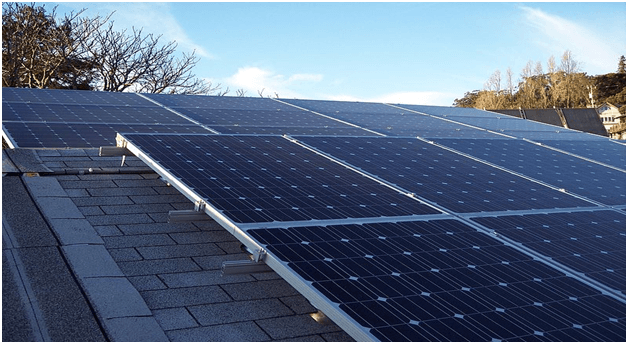Are you tired of the ever-rising power costs? If yes, it’s time to go green. Solar energy is the answer.
Whether you want to go green, set up reliable backup power or improve the value of your solar energy, solar batteries are essential components. That’s why we believe solar and batteries are great when together.
Solar batteries are a game changer in commercial and residential markets. They revolutionize how people use and store energy. But before you buy a solar battery, you need to know everything about them, including the depth of discharge (DoD).

What’s Depth of Discharge?
When a battery discharges, the amount of power drained determines its depth of discharge. For instance, if you’re using a 100 amp hour battery and use 70 amp hours, the depth of discharge is 70 percent.
It’s important to keep this number in mind. Depending on your battery type, the number will influence its cycle life and lifespan.
The depth of Discharge and Cycle Life

The life of your solar battery consists of cycles. A cycle starts with a fully charged battery and ends when you discharge and recharge the battery fully.
Renewable sources of energy require your battery to take a longer period between cycles. That’s because of the time difference between sunny and windy days.
Your solar battery should stay in this condition until the next sunny day when you recharge. That’s where there’s a problem.
When operating the batteries on winter, the cycle can take a maximum of three weeks. Lead acid batteries don’t like staying this long in a discharged condition. If it does, Sulfation builds up on lead plates reducing their effectiveness.
Don’t let battery bank last more than 10 days in an uncharged condition. Use a generator to recharge them every 10 days. It doesn’t matter whether they have electricity or not. Don’t forget this crucial maintenance till you get to sunnier days.
How Low Can Your Batteries Go

Are you using lead-acid batteries? If yes, don’t discharge them too deeply. It causes a permanent damage that reduces their lifespan and reduces performance.
That’s because batteries degrade as they charge and discharge. The degradation affects the kilowatt-hours a battery can store in its useful life. Its cycle life can reduce to 300 cycles or less.
The lowest depth of discharge for your lead acid generators should be 80 percent. At this point, your battery capacity is at 20 percent.
However, if you’re using deep cycle batteries for your solar energy system, performance increases at 50 percent depth of discharge.
Conversely, lithium batteries can discharge to 100 percent without any long-term effect. Such batteries can offer over 3000 cycles in its lifetime.
Conclusion

Getting solar systems for your home is quite satisfying in long run. But you need to know the amount of money you’re likely to save.
Before doing the purchase and installation, take your time to know everything about the system. Beyond saving on costs, using solar energy protects your environment.
But all this is possible if you take good care of your battery. Don’t let it discharge below the recommended 80 percent DoD.


